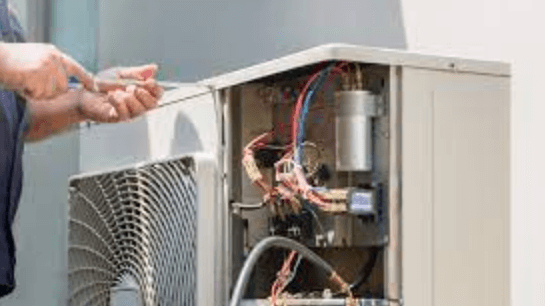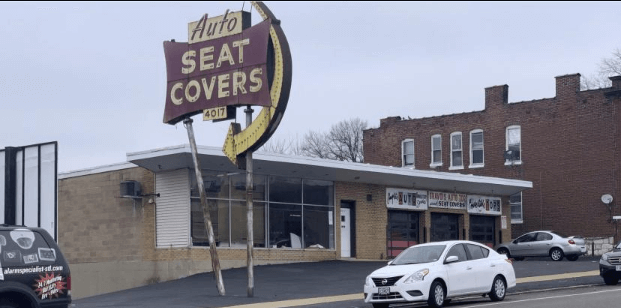
How to Prepare for an Emergency Furnace Repair: A Homeowner’s Guide
As the temperatures drop and winter sets in, it’s important to make sure your furnace is running smoothly. But what happens when your furnace breaks down unexpectedly? Don’t panic! With a little preparation and know-how, you can prepare yourself for an emergency furnace repair. In this homeowner’s guide, we’ll provide you with tips on how to stay warm while waiting for a technician, how to troubleshoot common issues, and most importantly – how to avoid emergencies altogether by properly maintaining your furnace. Keep reading for all the information you need to keep your home cozy all winter long!
What is a Emergency Furnace Repair, and what does it do?
An Emergency Furnace Repair is a heating and cooling system used in most homes. It takes heat from the burning of fuel, usually oil or natural gas, and sends it through the air to warm up rooms. The air then passes over a metal coil called an “element” to cool down and release the heat. A furnace usually has two parts: the blower fan that pulls air in and the furnace itself where the element is located.
If your furnace isn’t working properly, there are a few things you can do to try and fix it yourself. Check to see if there’s anything blocking the intake or exhaust fans; if so, clear it out. If you have an electric furnace, check to see if your breaker is tripped; if not, reset it and try again. If none of those work, call a professional.
In general, furnaces need regular maintenance including checking for clogs and sweeping off the ash buildup; otherwise they may start making strange noises or not work at all.
Types of Furnaces:
There are three main types of furnaces used in homes: convection, infrared, and radiant. Each has its own advantages and disadvantages.
Convection furnaces use hot air to heat the house. They’re the most common type, and they work well in smaller spaces. They have a high upfront cost, but they’re usually cheaper to operate than infrared or radiant furnaces.
Infrared furnaces use radiation to heat the house. They’re good for larger spaces because they can heat up quickly. However, they require a separate heater to be used in addition to the furnace, and they can be more expensive to install than convection furnaces.
Radiant furnaces use microwaves to heat the house. They’re good for small spaces because they don’t use a lot of energy, but they don’t work well in colder climates because it takes longer for them to warm up the house.
How do furnaces work?
A furnace works by burning fuel to create heat. When the furnace is turned off, the cooling system needs to keep the house at a comfortable temperature. The fan turns on when the thermostat calls for it, and it will run until there is enough heat to turn off the fan or until the thermostat senses that it has reached its set point.
What to do if your furnace doesn’t seem to be working properly
If your furnace isn’t working properly, there are a few things you can do to prepare for an emergency repair. First, check the gas valve to make sure it’s closed and locked. If it’s open or not properly locked, FurnacePro will not be able to service your furnace. Make sure all pilot lights are lit and the thermostat is set to the appropriate temperature. Next, check for any blockages in the furnace ventilation system. If there are any obstructions, FurnacePro may need to use a equipment such as a chipper or camera to clear them. Finally, ensure that all electrical cords are plugged into proper outlets and that all breakers are turned off before entering the home.
How to fix a furnace if it’s not working
If your furnace is not working, there are a couple of things you can do to try and fix the problem. First, check to see if the filter is dirty. If it is, clean it using a vacuum cleaner and a bucket. Next, make sure that the filter cover is closed properly. Finally, check to see if the blower motor is turning on and off. If it isn’t, you may need to replace it.
What to do if you have a fire in your furnace
If you have a fire in your furnace, the first thing to do is evacuate the area. If there are any children or pets in the vicinity, get them out of the house as well. Close all doors and windows and turn off all lights. Activate your smoke detectors and notify the fire department.
If you can’t leave, try to put out the fire yourself by using a bucket of water or a extinguisher. Be sure to use caution – if the fire is too big, you could risk getting burned. If it’s impossible to put out the fire yourself, call 911 and wait for help to arrive.
How to avoid emergency furnace repairs in the future
If you have a central heating and cooling system, be sure to take some basic steps to prepare for an emergency furnace repair. First, keep an inventory of all your furnace parts. This will make it easier to find the part you need when something goes wrong. Second, be sure to label each part of your furnace with its corresponding function. This will help you locate the part if it malfunctions. Finally, have a backup plan in place in case your furnace breaks down unexpectedly. Make sure you have enough warm clothing and blankets ready to go in case the temperature in your home falls below freezing.




